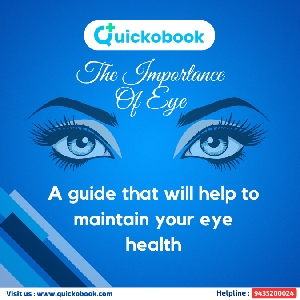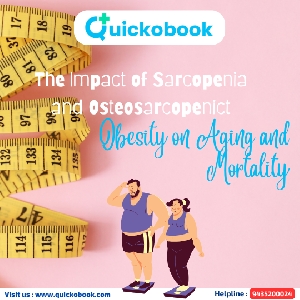What Is A Down Syndrome?
Down syndrome
What is Down syndrome?
Down syndrome (sometimes called Down’s syndrome) is a condition where a child is born with an extra copy of their 21st chromosome. Hence it’s another name, trisomy 21. This causes physical and mental developmental delays and disabilities.
Many of the disabilities are lifelong, and they can also shorten life expectancy. However, people with Down syndrome can live healthy and fulfilling lives. Recent medical advances, as well as cultural and institutional support for people with Down syndrome and their families, provides many opportunities to help overcome the challenges of this condition.
What causes Down syndrome?
In all cases of reproduction, both parents pass their genes on to their children. These genes are carried in chromosomes. When the baby’s cells develop, each cell is supposed to receive 23 pairs of chromosomes, for 46 chromosomes total. Half of the chromosomes are from the mother, and half are from the father.
In children with Down syndrome, one of the chromosomes doesn’t separate properly. The baby ends up with three copies, or an extra partial copy, of chromosome 21, instead of two. This extra chromosome causes problems like the brain and physical features develop.
According to the National Down Syndrome Society (NDSS), about 1 in 700 babies in the United States is born with Down syndrome. It’s the most common genetic disorder in the United States.
Types of Down syndrome
Following are the types of Down syndrome:
Trisomy 21
Trisomy 21 means there’s an extra copy of chromosome 21 in every cell. This is the most common form of Down syndrome.
Mosaicism
Mosaicism occurs when a child is born with an extra chromosome in some but not all of their cells. People with mosaic Down syndrome tend to have fewer symptoms than those with trisomy 21.
Translocation
In this type of Down syndrome, children have only an extra part of chromosome 21. There are 46 total chromosomes. However, one of them has an extra piece of chromosome 21 attached.











 Play Store
Play Store
Comments (0)
No Comments.